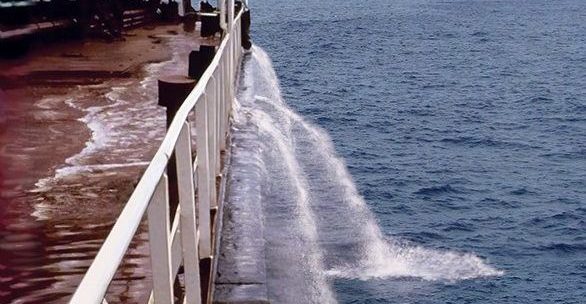Industry’s event London International Shipping Week (LISW), taking place from 11 to 15 September 2017 in London, kicked off with a round-up of latest BWM updates during INTERANKO’s seminar in which Tim Wilkins, Environment Director, provided a summary of how the entry into force of IMO’s BWM Convention will impact the tanker industry. Together with Debra DiCianna, Senior Compliance Engineer at Choice Ballast Solutions, they provided a review of current US type approved ballast water management systems on the market.
Firstly, the most important dates during 2017 in which USCG took considerable action to address the BWM issues were presented , including
- Jun 30, 2017: USCG published MSIB 007-17 on the Acceptable US BWM Methods
- Jul 26, 2017: USCG published updated FAQs
- Sep 6, 2017: USCG published guidelines for voluntary compliance with the BWMC
- Sep 7, 2017: USCG updated its FAQs on BWM for the 6th time to include further information on ‘bareboat’ chartered vessels and revised guidance on inoperable BWMS
In a nutshell, the seminar focused on:
1. Significant issues owners should focus on with the entry into force of the BWMC (8th September), e.g. implementation schedules, undertaking ballast water exchange, contingency measures when BWMSs fail, etc.
2. The latest regarding the USCG regulations and in particular type approvals.
3. An overview of US type approved BWMS, looking at their operational profiles and possible limitations.
Also, the ballast market landscape was outlined. Currently, the BWMS figures are:
- 100+ BWMS available or in-development
- 69 Type-Approval Certificate verifying compliance with MEPC 174(58)
- 12 Type Approved BWMS explosion proof
- 10 IMO Final Approval
- 19 IMO Basic Approval
- 5 USCG Type Approval
- 59 BWMS Accepted AMS by 54 manufacturers
During the seminar, the following numbers were presented providing an overview of BWMS availability at present.
| Category | All Type Approved BWMS | USCG Type Approved | USCG AMS |
| # of BWMS | 69* | 5 | 59 |
| Explosion Proof Models | 13 | 3** | 13 |
| BWMS requiring treatment during intake and deballasting | 62 | 4 | 57 |
| BWMS using active substances | 33 | 3 | 27 |
| BWMS requiring storage of chemicals | 30 | 3 | 25 |
| BWMS with waste products | 3 | 1 | 1 |
| Maximum Capacity | 16,200 | 16,200 | 16,200 |
Notes
*Only two BWMS approved for installation in a hazardous area of a US-flagged vessel
**Excludes one BWMS no longer available































































